Victor Marie Picot (1744-1805), after a painting by Charles Jean Robineau (active by 1780, died ca. 1787), The Assaut, or Fencing Match, which took place at Carton House on the 9th of April, 1787, [1789]. Stipple engraving with aquatint. Graphic Arts Rowlandson collection. Gift of Dickson Q. Brown, Class of 1895.
A 1787 fencing match between a man and a woman in the elegant rooms of Carlton House, London, before the Prince of Wales might seem like an unusual scene in itself but this is only the beginning of the intrigue.
The Prince had arranged this fencing demonstration between Mademoiselle d’Eon, seen on the right, and Monsieur de Saint George, on the left. It hardly mattered who won (and records vary as to the facts) since it was to spectacle of the two individuals that brought the audience to the match that day.
The figure on the right is Charles Geneviève Louis Auguste André Timothée d’Éon de Beaumont (1728-1810), commonly known as the Chevalier d’Eon, who lived the first half of his life as a man and the second half as a woman. He served as a spy to Louis XV, travelled extensively, and seemed to encourage the speculation that he was a woman in men’s clothing. By 1770, while living in London, d’Eon negotiated his return to France by happily agreeing to dress only as a woman.
The fencer on the left is Joseph de Bologne de Saint-Georges or the Chevalier de Saint-Georges (1745-1799), who was the son of a wealthy plantation owner in the French West Indies colony of Guadeloupe and one of his African slaves named Anne. Joseph was raised as a French African and lived under the barriers of people of color at that time in France. He studied and became a champion fencer as well as a composer and conductor. He was also one of the first Black Masons in France and founded the Société des amis des noirs (Society of the Friends of Black People).
By 1787, d’Eon had returned to London and made a meager living giving fencing demonstrations, such as this one with the visiting Saint-Georges, who was nicknamed “The God of Arms.” D’Eon was fifty-nine and Saint-Georges was forty-eight.
The French artist Charles Jean Robineau captured the match in an oil painting, which is today owned by Her Majesty Queen Elizabeth II and held in the Royal Collection, RCIN 400636.
http://www.royalcollection.org.uk/egallery/object.asp?maker=12234&object=400636&row=3
The French printmaker Picot reproduced and published Robineau’s painting as an engraving. A superb copy of this print was given to Princeton University by Dickson Q. Brown, Class of 1895, who was a collector of British caricature and believed it had been made by James Gillray.
For more information, see Gary Kates, Monsieur D’Eon is a Woman: a Tale of Political Intrigue and Sexual Masquerade (New York: Basic Books, 1995). Firestone Library (F):, DC135.E6 K37 1995
Pierre Bardin, Joseph, sieur de Saint-George: le chevalier noir ([Paris]: Guénégaud, [2006]) Firestone Library (F), DC137.5.S35 B37 2006.
Also of interest is d’Eon’s autobiography, written under the pseudonym M. de La Fortelle (1735?-1799), La vie militaire, politique et privee de demoiselle Charles-Genevieve-Louise-Auguste-Andree-Timothee Eon ou d’Eon de Beaumond … (Paris, 1779). Rare Books (Ex), 1509.171.327.55
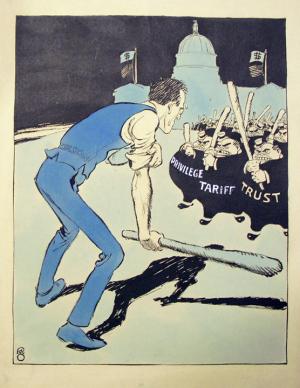
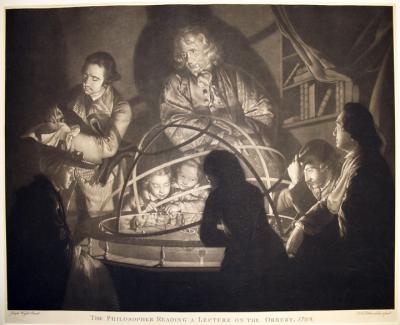
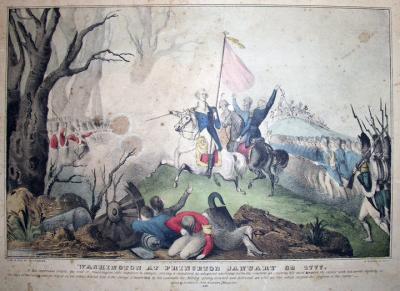
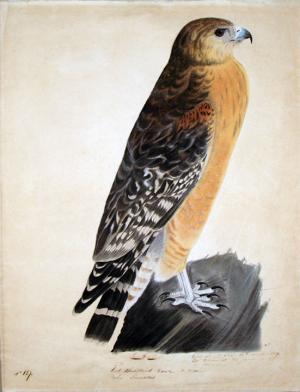
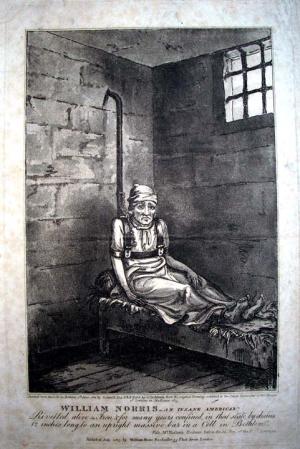
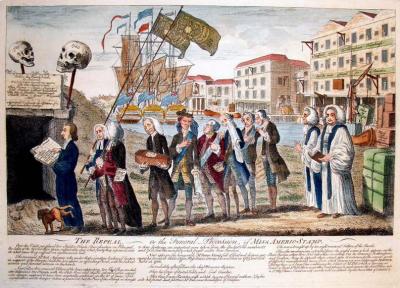
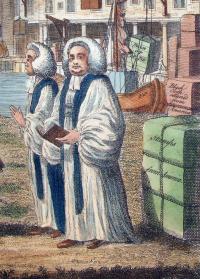
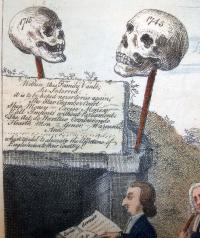
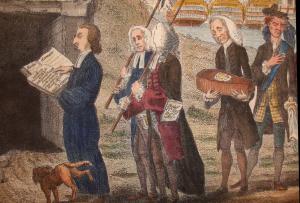

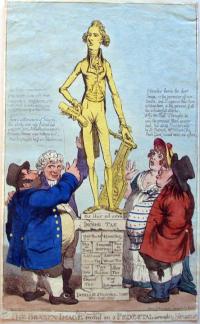
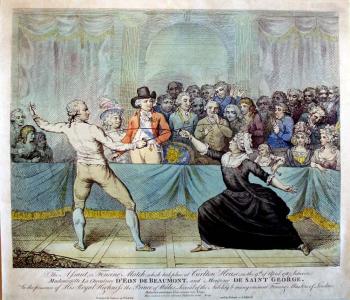

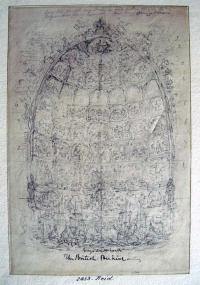
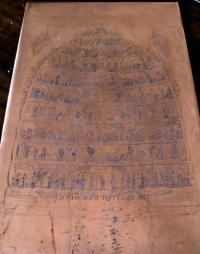

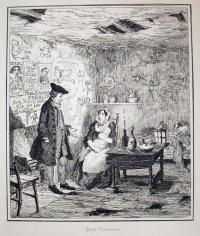
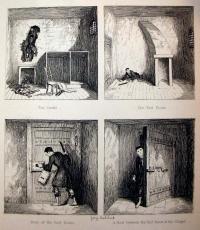
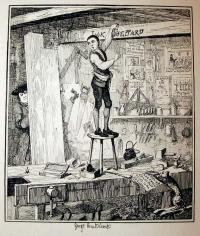

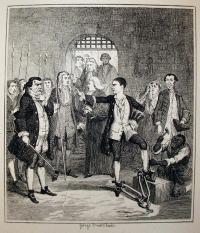
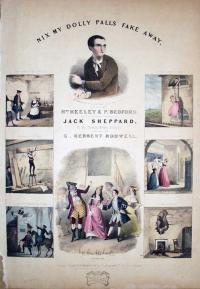
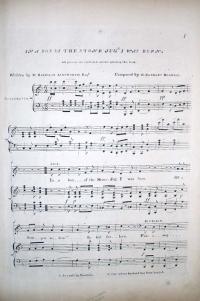
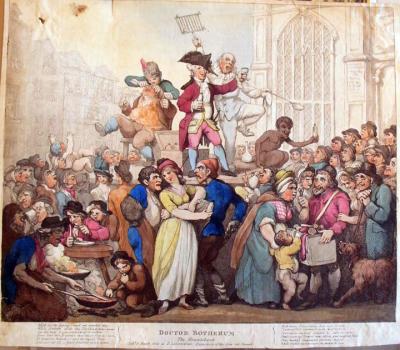
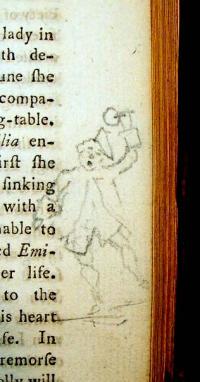
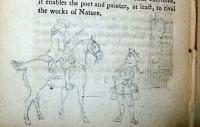
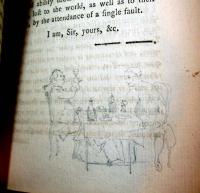
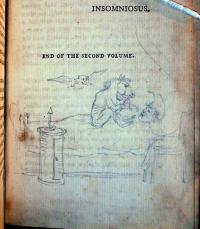
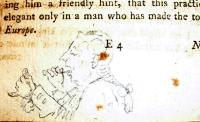
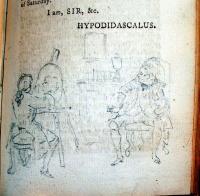
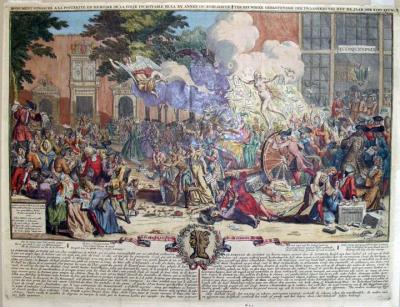
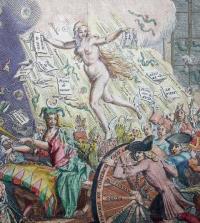
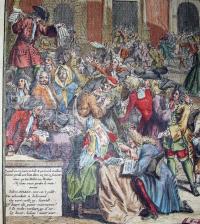
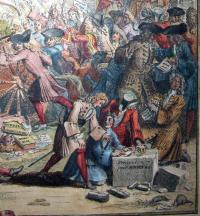
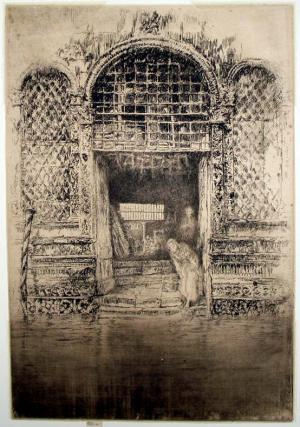
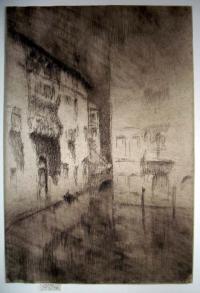
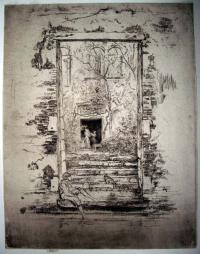
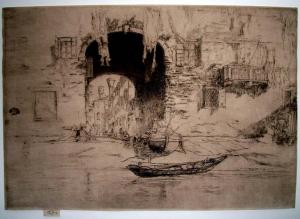
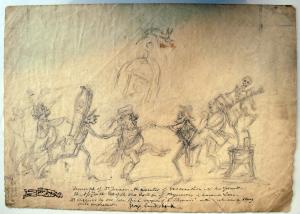
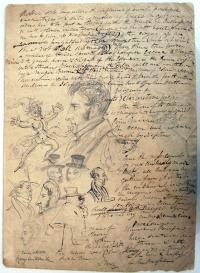
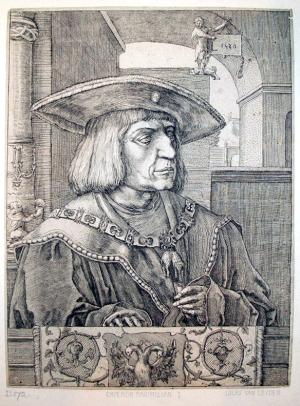

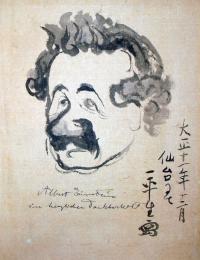
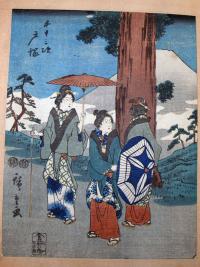

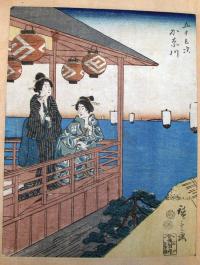
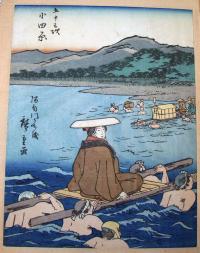
Recent Comments